When I was growing up in the 1970s, my three main fears were: being blown up by the IRA; being eaten by a Jaws-like great white shark; being vaporised by a nuclear bomb.
I expect it was the same for most kids of my generation. The first two, obviously, were a function of the Birmingham bombings (et al.) and the Peter Benchley/Steven Spielberg axis of shark terror. And the third was the product of the relentless propagandising of CND as rehearsed faithfully on pretty much every BBC programme going from John Craven’s Newsround to The Archers, Animal Magic and Roobarb and Custard.
I don’t actually remember the notorious episode where Hector gets so pissed off with the relentless nagging of Zsazsa and Kiki that he bans them from entering the basement of his eponymous House just as the five-minute warning has been sounded — and all he sees at the end are the skeletons of a cat and a frog glowing radioactively through the closing credits. But it’s probably only because the trauma made me blank it from my memory.
What I do recall, very distinctly, was how incredibly difficult it was to be a nuclear annihilation sceptic in those days. Our entire culture, from Nevil Shute’s On the Beach and that notorious documentary The War Game (all the more scary for the fact that no one had ever seen it) to Raymond Briggs’s When the Wind Blows and the endless news footage of Greenham Common women being dragged off the fence, was geared towards convincing us that we were all going to die horribly and that it was probably kind of our fault.
And for what, exactly? Here we are, 70 years on from Hiroshima (6 August: my birthday), and not one of you reading this has been blinded by the flash of an exploding nuke or even slightly injured by a blast or suffered radiation sickness or spawned a child with three heads. All that worry and fear was a complete waste of emotion. Though more than 2,000 nuclear warheads have been detonated since and there are now 15,700 in the world, the balance of terror — that dangerously right-wing concept that the peace campaigners derided — has worked its magic beautifully.
I wonder if this is a point that filmmaker Mark Cousins intended to make in his film Atomic: Living in Dread and Promise (BBC4, Sunday), a nostalgic look back on seven decades of nuclear threat. Hard to be sure because there was no commentary: just a brooding, dreamy soundtrack by the Glaswegian post-rock band Mogwai and lots of well-chosen archive footage strung together in the manner of an Adam Curtis documentary, only without the complicated overarching theory.
This ambiguity gave it a pleasingly different feel: it’s a rare thing to come across a BBC documentary that doesn’t bludgeon you over the head. Take the footage at the end of Ukrainian peasants blithely fishing in a stream near Chernobyl. Were we supposed to go, ‘Poor deluded fools: you’re doomed’? Or, ‘Yeah. You’re probably right. Most of the evidence — including an extensive World Health Organisation report — suggests the panic was overdone and that unless you were one of those sacrificial firemen in the early stages of containment, you’re probably no worse off at Chernobyl than, say, in Rotherham.’
Earlier, we saw anti-nuclear campaigners on their way to Aldermaston. One elderly chap in a greatcoat had a limp, possibly from an injury sustained fighting for his country in the war. The younger men all wore duffle coats. Protest may have looked a bit smarter and more respectable in those days, but was it any less hectoring or fatuous? In the gestures and fiery expressions of the marching, jazz-playing Fifties yoof, I saw prefigurations of Russell Brand at an Occupy rally. As for the elderly bloke making an impassioned appeal to the camera on behalf of ‘the children of the future’: now where have I heard that recently? Oh yeah, in every piece of emotional blackmail ever voiced in invocation of the new greatest threat of our age, global warming.
And, of course, just like now, both the broadcast media and the government were stoking up this apparently inescapable threat for all they were worth. We saw a deliciously patronising ‘Women, Know Your Place’-style public-information commercial from the Fifties in which a silly, gossipy woman in lipstick was overheard grumbling about anti-nuclear safety measures. ‘How are we supposed to spend days on end cooped up in the same room? We’ll all end up in the madhouse.’ At which point, a grave, male authority figure arrived to put her in her place: ‘Better that than the mortuary, Mrs Richardson.’
Do bear in mind, though, that this piece was written several days ago. If, since publication, it turns out that, say, Iran has nuked Tel Aviv, I apologise for my short-sightedness and flippancy and I now humbly acknowledge that the tiresome jazzer loons in duffle coats were in fact right all along.
Got something to add? Join the discussion and comment below.
Get 10 issues for just $10
Subscribe to The Spectator Australia today for the next 10 magazine issues, plus full online access, for just $10.
You might disagree with half of it, but you’ll enjoy reading all of it. Try your first month for free, then just $2 a week for the remainder of your first year.


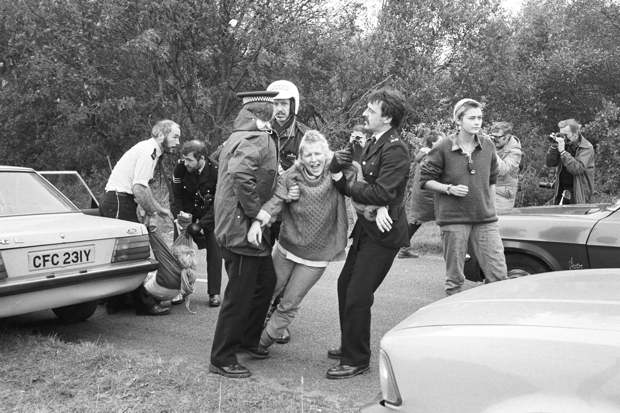
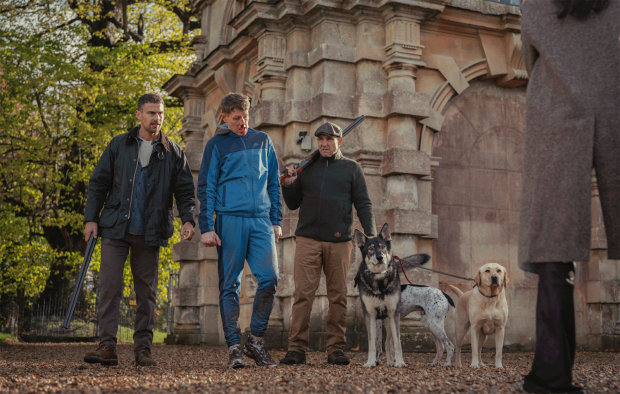
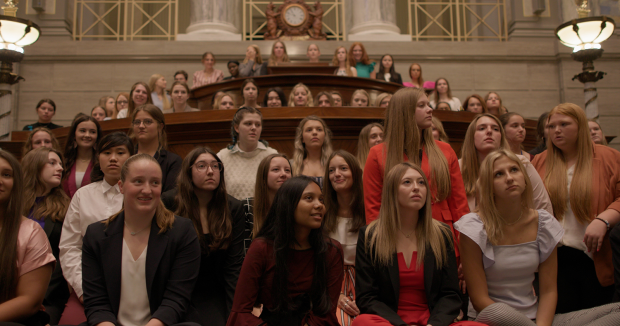


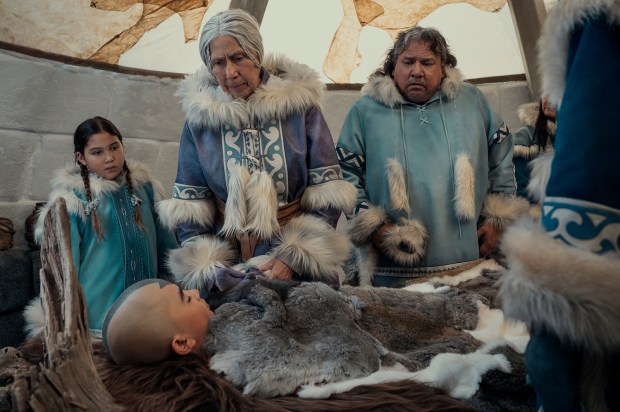
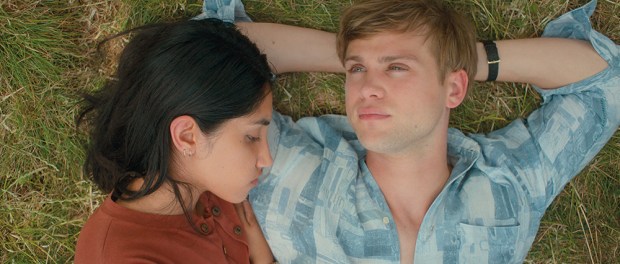






Comments
Don't miss out
Join the conversation with other Spectator Australia readers. Subscribe to leave a comment.
SUBSCRIBEAlready a subscriber? Log in